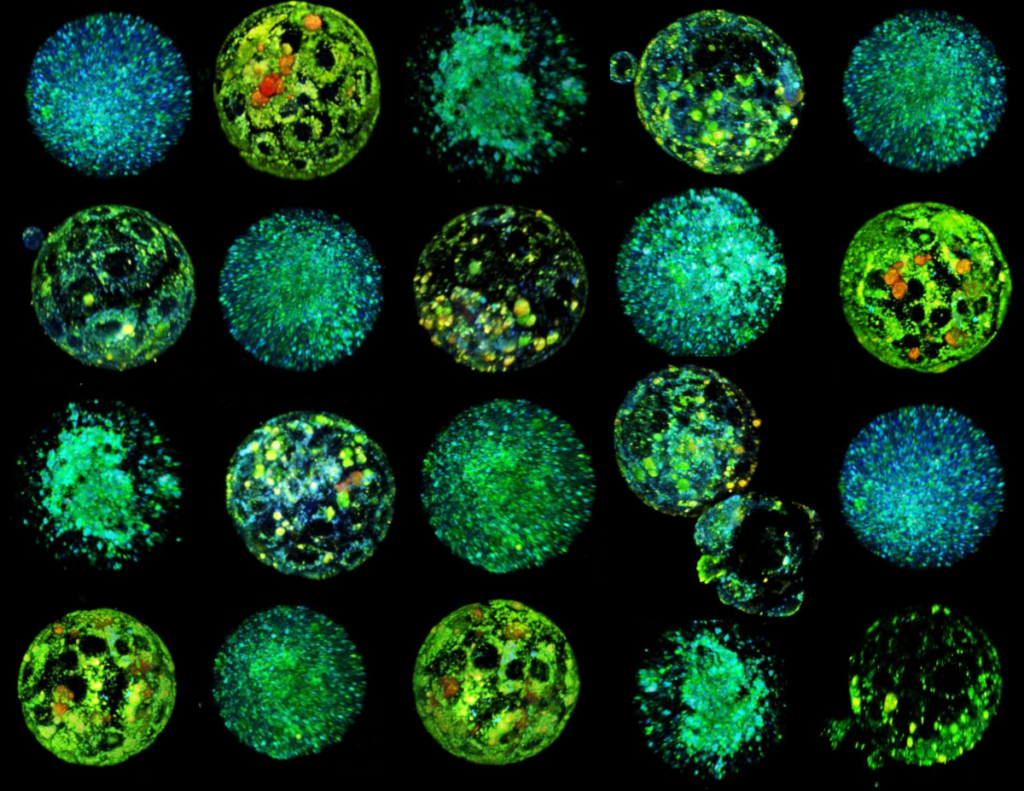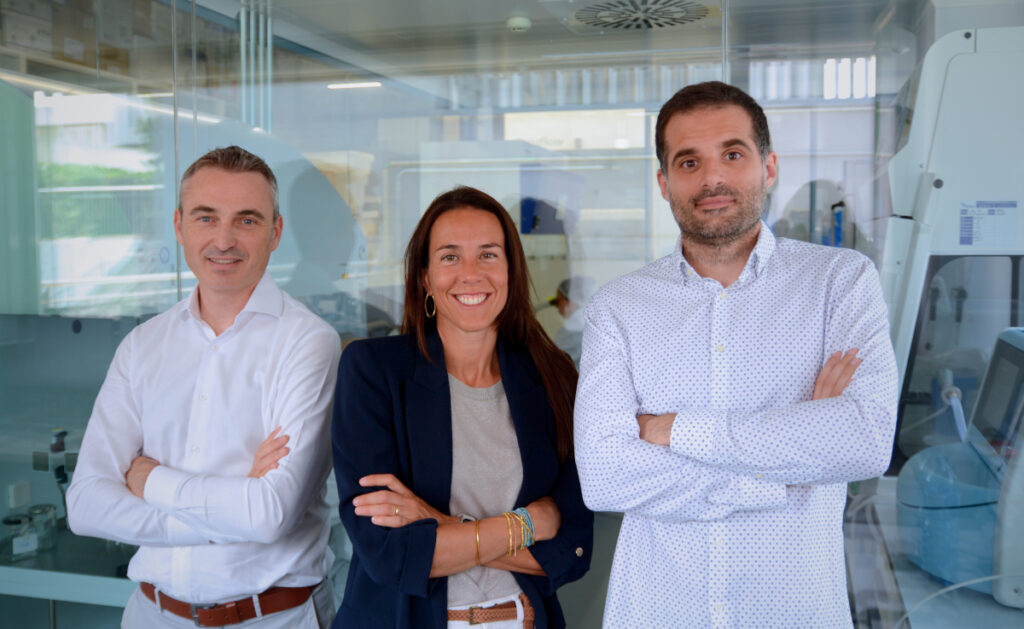HYLIGHT researchers publish a paper describing METAPHOR: Metabolic Evaluation through Phasor-based Hyperspectral Imaging and Organelle Recognition. The new technique makes it possible to classify the quality of embryos faster and twice as accurately as expert embryologists by applying imaging and artificial intelligence to analyze their metabolism.

HYLIGHT researchers recently published a paper describing METAPHOR: Metabolic Evaluation through Phasor-based Hyperspectral Imaging and Organelle Recognition, a new non-invasive, label-free imaging technique that utilizes two-photon illumination and AI to determine the metabolic profile of embryos and oocytes by analyzing their intrinsic autofluorescence signals. The work has been published in the prestigious journal PNAS.
This new technology will help to increase the probability of success in assisted reproduction processes, reducing the so-called ‘time to pregnancy’ and the economic and psychological burden on patients.
Samuel Ojosnegros, principal investigator at IBEC and HYLIGHT coordinator
The revolutionary method, called METAPHOR, generates 3D images that reveal the colors present in the embryo in a completely non-invasive way. Certain naturally fluorescent compounds in the embryo’s metabolism are also key to processes such as cellular respiration or nutrient consumption, making METAPHOR a reliable way to monitor the embryo’s health.
The paper describes how, in studies with mice, they were able to double the success rate in selecting viable embryos compared to embryologists using traditional microscopy. In addition to embryo analysis, the method is highly accurate in analyzing oocyte metabolism, allowing the most suitable oocytes to be selected for in vitro fertilization. To do this, researchers compared oocytes from young and older females, as age is known to be crucial for oocyte viability. The METAPHOR system discriminated between young and non-young oocytes with 96% accuracy and was able to predict which would develop into viable embryos with over 80% accuracy, an unprecedented landmark in the field.
“We are able to assess the loss of oocyte quality associated with the loss of fertility with age. We look for so-called ‘molecular signatures’, characteristics of the cells that are associated with this loss of fertility, such as the distribution of mitochondria. From this information, we can predict which oocytes will develop and which will not. This would be a breakthrough in the management of fertility donation and preservation,” says Anna Seriola, senior researcher in the Ojosnegros group and author of the study.
The technological basis of METAPHOR uses artificial intelligence methods to analyze metabolic images obtained by hyperspectral microscopy. “Using hyperspectral microscopy, we acquire hundreds of images containing complex information of many mixed metabolites from embryos and oocytes. To analyze them, we trained an artificial intelligence tool capable of analyzing and classifying these images in a few minutes,” says Albert Parra, a researcher in the Ojosnegros group and first author of the study.
The power and safety of this new method position it as a revolutionary tool for assessing oocytes and embryos based on their physiology. Researchers are currently fine-tuning the technology to evaluate human embryos and have established a spin-off company to bring the technology to assisted reproduction clinics in the coming years.

Referenced Article:
Albert Parra, Denitza Denkova, Xavier P. Burgos-Artizzu, Ester Aroca, Marc Casals, Irene Oliver-Vila, Miguel Ares, Anna Ferrer-Vaquer, Enric Mestres, Mònica Acacio, Nuno Costa-Borges, Elena Rebollo, Hsiao Ju Chiang, Scott E. Fraser, Francesco Cutrale, Anna Seriola, and Samuel Ojosnegros. METAPHOR: Metabolic Evaluation through Phasor-based Hyperspectral Imaging and Object Recognition for Mammalian Blastocysts and Oocytes. PNAS (2024). DOI: https://doi.org/10.1073/pnas.2315043121
